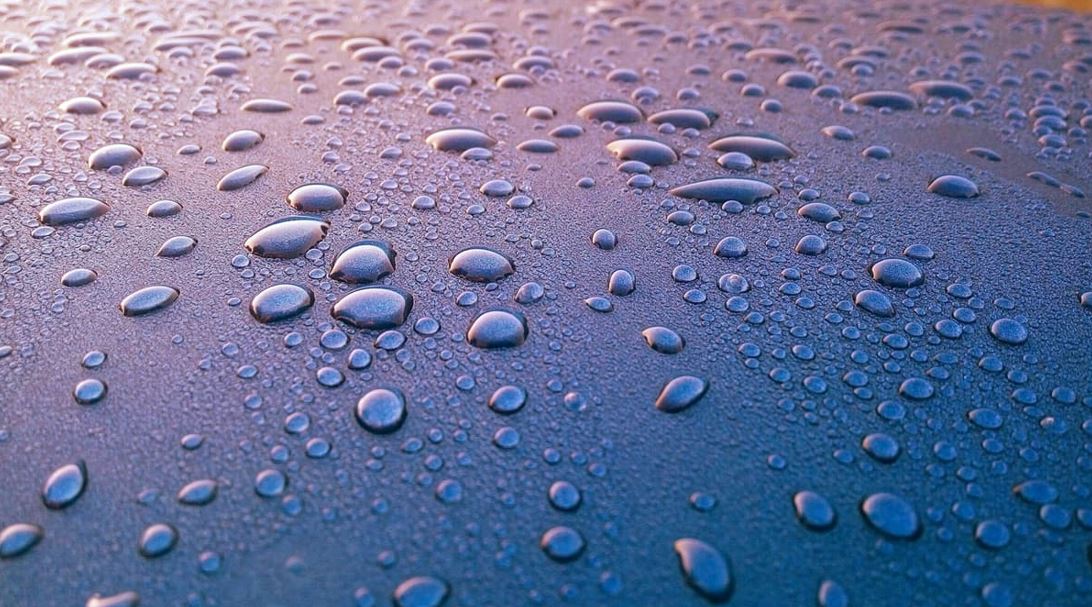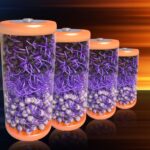 Have you ever wondered how something as elusive as a quantum gas could behave like a liquid? In a fascinating twist, researchers in Europe have discovered just that. They observed an ultradilute quantum gas spontaneously forming droplets, a behavior typically associated with liquids. This is quite an eye-opener because quantum gases are usually far less dense and don’t have the surface tension needed to form droplets.
Have you ever wondered how something as elusive as a quantum gas could behave like a liquid? In a fascinating twist, researchers in Europe have discovered just that. They observed an ultradilute quantum gas spontaneously forming droplets, a behavior typically associated with liquids. This is quite an eye-opener because quantum gases are usually far less dense and don’t have the surface tension needed to form droplets.
To appreciate this discovery, let’s talk about surface tension. It’s the force that pulls molecules at a liquid’s surface together, helping to form droplets like dew or raindrops. This force can also lead to what’s known as capillary instability, where liquid columns break into droplets to reduce surface energy. This phenomenon, first described in 1873 as the Plateau–Rayleigh instability, is common in classical liquids. Now, remarkably, similar behavior has been seen in an atomic gas mixture of potassium and rubidium.
When the researchers cooled this ultradilute quantum gas to nearly absolute zero, it started acting like a liquid and formed a single quantum droplet. They then placed this droplet in a laser-induced path, stretching it into a thin line. As the line extended beyond a certain length, it became unstable and broke into smaller droplets.
Through detailed simulations and experiments, the team noticed a capillary instability similar to the Plateau–Rayleigh instability found in classical liquids. Chiara Fort, a physicist from the University of Florence and one of the study’s authors, pointed out, “While the Plateau–Rayleigh instability is well-known in classical liquids and has also been observed in superfluid helium, it has never before been seen in atomic gases.”
These findings don’t just deepen our understanding of this unique liquid phase; they also open up exciting possibilities for creating quantum droplet arrays. Such advancements could have a big impact on technologies like advanced quantum sensors and simulators.








